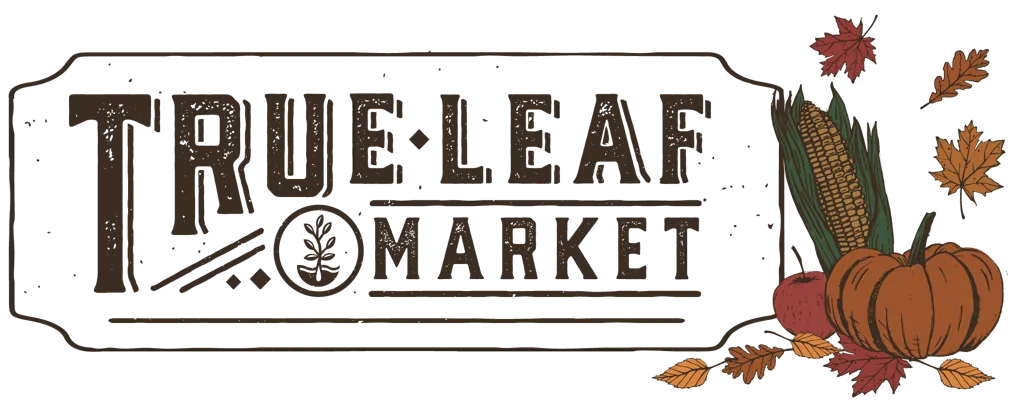Name Vegetable Garden Seeds - Below Standard - Low Germ
Download Free Vegetable Growing Guide PDF
Germination Details
-
Germination: 57%
-
Federal and State (Utah) Requirements: 70%
- Suggested Use/s: Gardening
- Special Directions: This seed is 13% below standard. Increase the number of seeds you plant accordingly to make sure you get enough starts.
What is "Below Standard Seed"?
Simply put, it is seed that doesn't meet our state's (Utah) germination standard, a standard that varies slightly from seed to seed. Any seed intended for gardening that has a below-standard germination rate cannot be sold alongside those that meet the state requirements (which often reflect the national requirements for germination).
We send samples of all our seed to the Utah Department of Agriculture, where they perform several tests to assess the quality of the seed. These state-wide and national seed standards are in line with Association of Official Seed Analysts (AOSA), which exist to ensure consumers that they are getting the highest quality seed, as advertised. Since this seed doesn't meet the state standard, we mark it as "Below Standard Seed".
Low germination seeds are non-refundable.
Click here to view regularly priced, high germination seed.
Other Common Names: Japanese bunching onions, Welsh onion, Cong, qing cong, da cong, Tsung, Negi, nebuka, naga-negi, and shiro-negi.
How to Grow White Ishikura Bunching Onion
Generally bunching onions do very well when transplanted. The only time it is best to sow directly is when growing for a young harvest. Start winter harvest bunching onion seeds indoors during the fall. Warmer soil temperatures can help encourage strong germination (50-60 F is suitable). Sow 2-4 seeds together and cover lightly with soil. You may need to transplant 2-3 times depending on how quickly they grow and your preferred transplanting time. For a fall harvest (recommended), transplant into their final location in the spring.
Harvesting White Ishikura Bunching Onion
Bunching onions may be harvested as young scallions, though these are most often preferred at maturity. To harvest simply loosen the soil around your stalks and uproot the plant. You may also cut about 1 inch above the soil for a chance at regeneration.
Culinary Tips
Bunching onions are used throughout Asian cuisine for many purposes. It can be used similarly to a leek when allowed to mature to its largest range. When harvested as young sprouts and stalks, it can be lightly cooked or used as more of a garnish.
Tips From Our Gardeners
"I love the flavor bunching onions can provide to more than just Asian dishes. Try adding these to your soups, stews, and more for a touch of onion flavor without overdoing it."
 |
- Ashleigh Smith, True Leaf Market Managing Editor |
Seeds Per Package:
- 1 lb - Approximately 134,000 Seeds
- 5 lb - Approximately 670,000 Seeds


















